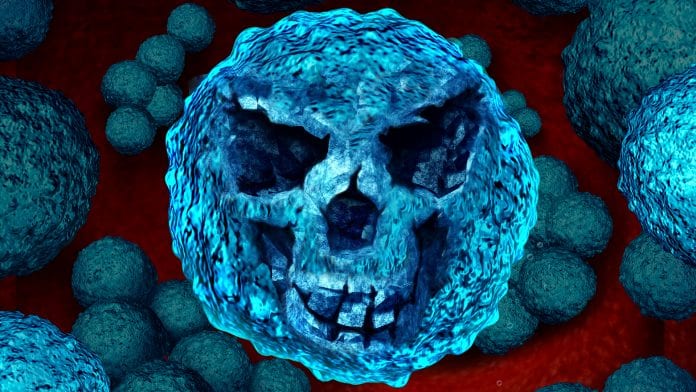
According to researchers, individuals who have acquired staphylococcus aureus infection are developing resistance to antibiotic treatment.
Staphylococcus aureus infection is a form of bacterial infection. However, staphylococcus aureus is part of the normal flora on the skin of humans and animals, with approximately 20% of the Austrian population permanently carrying the germ, which is often located in the nasal cavity. There are harmless variants, which only cause mild symptoms, if any at all, but in serious cases, the pathogen can find its way into the bloodstream and even cause endocarditis and sepsis.
Let’s talk antibiotics
The Staphylococcus aureus bacterium is a common pathogen and can potentially cause sepsis. The new antibiotic dalbavancin is very effective against many bacterial pathogens, however, resistance to this antibiotic was seen to develop during the long-term treatment of a patient who had an infection caused by an implanted cardiac device.
A team of researchers from MedUni Vienna, Austria, have now described the phenotypical and genotypical mechanism of this development of resistance for the first time.
Staphylococcus aureus infection is where the problem begins, as the bacteria can be acquired outside the hospital but also in hospital, otherwise known as ‘hospital-acquired infection’. There are multi-resistant forms of it, which do not necessarily cause serious illness in healthy people. However, in weakened patients or where the natural skin barrier is damaged, infection can result in complications.
Nowadays dalbavancin, a latest generation antibiotic, is one of the drugs successfully used to treat multi-resistant bacteria. One of the advantages of this drug is its very long half-life of approximately nine days, so that intravenous treatment can be given on an outpatient basis.
Nevertheless, clinical experience has shown that, sooner or later, resistance develops to any therapeutic use of new antibiotics, so it was just a matter of time with this one.
Staphylococcus aureus infection
A ‘prosthesis infection’ with staphylococcus aureus was diagnosed in the blood of a patient with complex heart disease, who had been fitted with a cardiac pacemaker. Such infections can occur following the surgical implantation of this kind of medical device, but it is also possible for bacteria to find alternative ways of entering the blood and settle on a prosthesis.
Following in-patient treatment, this patient was treated with dalbavancin on an outpatient basis to bridge the time until the pacemaker probe could be removed. However, following an initial improvement, his clinical condition worsened. Staphylococcus aureus was once again detected in his blood using a blood culture and is now found to be resistant to the drug.
The genetic analysis of staphylococcus aureus
Researchers, Manuel Kussmann and Heimo Lagler from the Division of Infectious Diseases and Tropical Medicine at the Department of Medicine, MedUni, then conducted a complex microbiological study.
Gathering and using the latest techniques on an interdisciplinary basis, it was possible to detect a significant increase in bacterial cell wall-thickness and a change in bacterial cell division by means of electron microscopy. The genetic analysis of the whole genome of Staphylococci showed that mutations had occurred in specific gene segments.























I have dis infection call staphylococcus
Updated info please ??? This feature is now 10 months old.
Where is Staph now ?